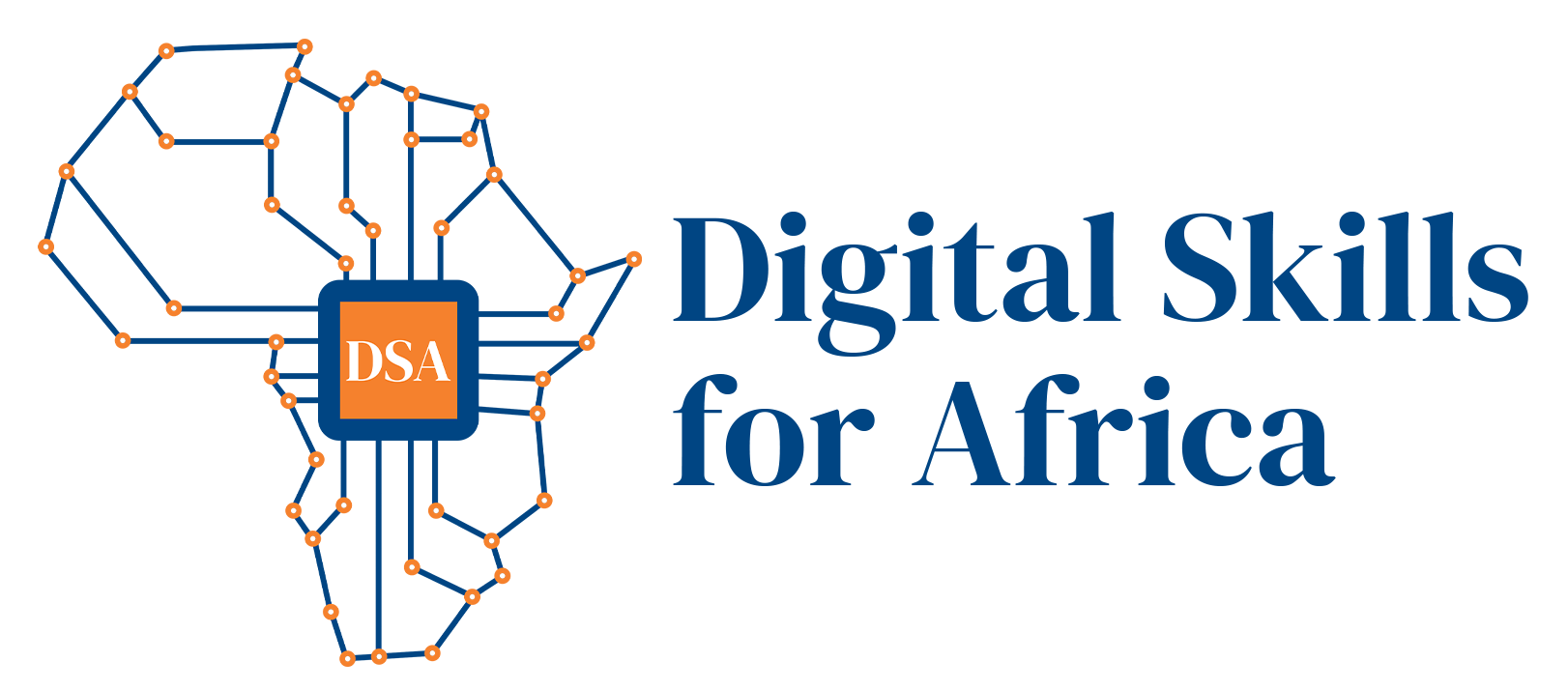Course Description:
This course serves as an entry point into the world of web development, providing students with foundational knowledge of HTML (Hypertext Markup Language) and CSS (Cascading Style Sheets). Participants will learn the essential concepts, syntax, and best practices for creating and styling web pages using HTML and CSS. Through a combination of theoretical explanations, hands-on exercises, and real-world examples, students will gain the skills necessary to build visually appealing and structurally sound websites.
Course Objectives:
By the end of this course, learners should be able to:
- Understand the purpose and structure of HTML documents.
- Learn HTML elements, tags, attributes, and their roles in web development.
- Master the fundamentals of CSS, including selectors, properties, and values.
- Gain proficiency in styling HTML elements using CSS to create visually appealing layouts.
- Explore responsive web design principles and techniques.
- Develop practical skills through hands-on projects and exercises.
- Learn best practices for organizing and maintaining HTML and CSS code.
- Understand the importance of web accessibility and semantic HTML.
- Prepare a portfolio of HTML and CSS projects to showcase acquired skills.
Course Structure:
Module 1: Introduction to Web Development
Module 2: Getting Started with HTML
Module 3: HTML Attributes and Links
Module 4: Introduction to CSS
Module 5: Styling Text and Fonts
Module 6: Working with Colors and Backgrounds
Module 7: CSS Box Model and Layout
Module 8: Responsive Web Design
Module 9: Web Accessibility and Best Practices
Module 10: Building a Portfolio Project
By the end of this course, students will have gained a solid understanding of HTML and CSS fundamentals, empowering them to create well-designed and responsive websites for personal or professional projects.
Trainer: Yankho Kamtukulo
Curriculum
- 11 Sections
- 18 Lessons
- 8 Weeks
- Module 1: Introduction to Web Development3
- Module 2: Getting Started with HTML3
- Module 3: HTML Attributes and Links3
- Module 4: Introduction to CSS3
- Module 5: Styling Text and Fonts3
- Module 6: Working with Colors and Backgrounds3
- Module 7: CSS Box Model and Layout2
- Module 8: Responsive Web Design3
- Module 9: Web Accessibility2
- Module 10: Building a Portfolio Project2
- Capstone Project: Building and Deploying a Portfolio Website1
